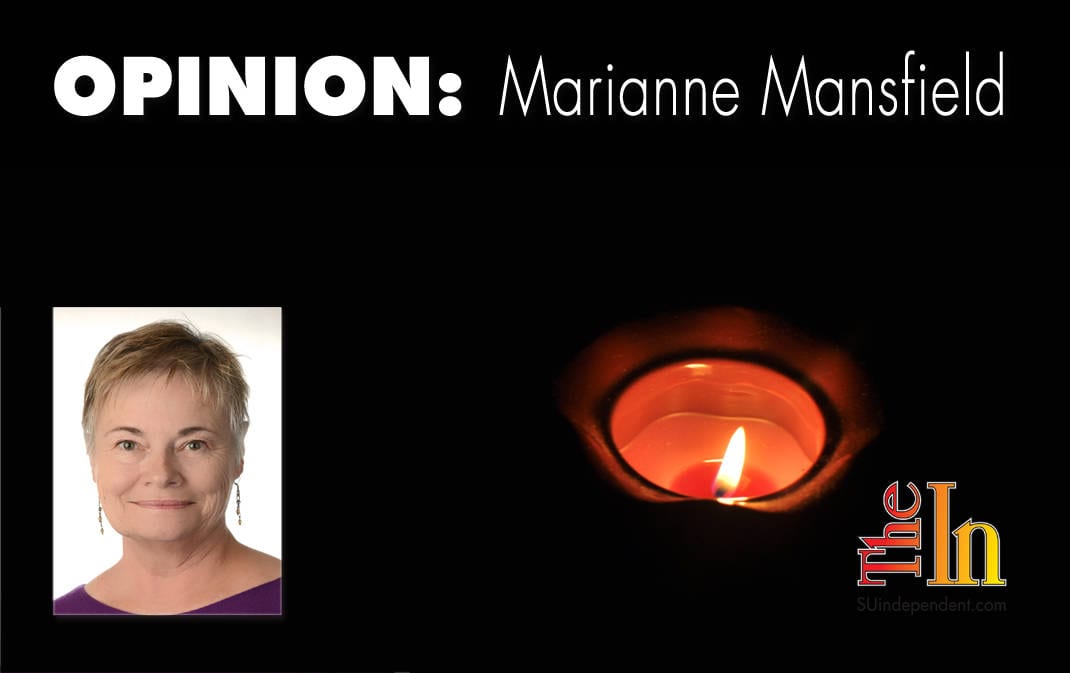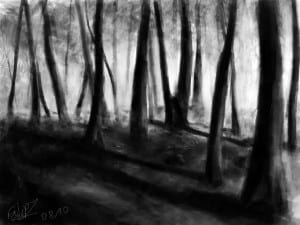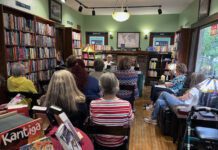
It took every modicum of strength I could muster to crawl out from under the covers to write this. I’d been in hiding since last Friday evening, and news of the Paris terrorist attack drew the curtain on my little world.
I didn’t want to write about Paris (129 dead, 352 wounded) or the twin suicide attack in Beirut (43 dead), or the Russian jet liner that crashed in the Sinai desert (224 dead). I cast about for other topics, but every one seemed to lead me back to the overwhelming sadness I feel when I think of death caused by hatred.
Perhaps I wasn’t working hard enough to get beyond it, I reasoned. On Facebook, I saw friends and acquaintances imposing an image of the French flag on their profile pictures. Conveniently, there was even a link below those altered shots so that I could do the same to my own profile picture if I wanted. I didn’t. I suspect that changing one’s picture is equal parts of a dire response to the helplessness and a stab at expressing solidarity with our fellow human beings. That’s how I interpret it. I hope I’m right. I just couldn’t do it.

I tried to paint, but my paintings grew dark. I listened to music, but seemed to mock me. Why be sad when you can be happy? I shut it off.
I reached out to friends. Those with whom I am closest were struggling as I was.
As a nearly last resort, I allowed the news coverage to begin to inform me. I learned of the numbers of dead and injured. I heard heads of state promise revenge. They didn’t call it that, but it was revenge, pure and simple. You hit us, we’ll hit you back. Harder. I heard names of organizations that have become all too familiar being assigned blame and later claiming responsibility for their carnage. ISIS. ISIL. Al-Qaida. These groups are populated by zealots who value idolatry over human life.
I heard arguments about religion. Is Islam a religion of hatred? Is Christianity? I saw President Obama once again attempt to defend his administration’s policies on terrorism. I heard experts call for a full-throated military response. How many boots on the ground would it take, they opined, to decimate the terrorist threat to peace-loving people? It sounded to me not unlike the debate about how many angels can dance on the head of a pin. Does the number even exist?
I heard doomsayers predict that it is only a matter of time before the next terrorist attack and the one after that, and on and on. The terrorists have superior encryption devices, masterminds schooled in mass destruction, and a willingness to die for their cause. Most of all, they have hatred.
To try to wrap my head around that hate, I read. And while I can say that I am now somewhat informed about the horrors of Western imperialism in the Middle East, I am nowhere near understanding its ultimate impact. I cannot grasp how the hatred has been passed from one generation to the next, its capacity to foment violence amplified in part by the shrinking of the globe. I needed a different kind of help to find a way out from under my metaphysical blanket of sorrow.
Rather than reading more about the hate I could only fear, I turned to words of a different ilk. One of my close friends suggested reading Anne Lamott, an American novelist and nonfiction writer. She is also a progressive political activist, public speaker, and writing teacher. I wish I’d thought of her sooner. Here is what Lamott suggested, as part of a larger post on her Facebook page, posted two days after the Paris attacks:

So after an appropriate time of being stunned, in despair, we show up. Maybe we ask God for help. We do the next right thing. We buy or cook a bunch of food for the local homeless. We return phone calls, library books, smiles. We make eye contact with others, and we go to the market and flirt with old or scary unusual people who seem lonely.
The time was fleeting for me to be stunned, to experience despair. I simply needed to start showing up, whatever that looks like for me.
I recently found a tattered prayer card I think belonged to my mother. She was a devout Catholic and tucked prayer cards in the oddest places. I was going through her old sewing kit when I came across St. Francis of Assisi’s Prayer. I won’t quote it in its entirety here. It’s easy enough to find. But the line that reached out and pulled my heart to it was this: “Where there is hatred, let me sow love.”
In the short term we can, as Lamott suggests, warm these dark nights with candles in our homes. I understood the candles as metaphor, but a few candles on a dark night do warm my sensibilities. Rather, we can light candles by taking coats and hats and mittens and scarves to those who need protection from the cold. We can reach out to our friends and neighbors, assuring them and ourselves that our affection is a candle lit in the face of darkness. We can light a candle from the flame under the food we cook for the hungry. Light in the face of darkness, what else is there to do? It’s a way to show up. And it’s a start.
Where there is hatred, we can sow love. I’m not always certain how to go about it, but nothing else seems to be making a dent.



